A dense, flavorful loaf with a distinctive tangy taste, topped with homemade, soft, creamy, buttermilk cheese.
Like any other ex-pat, there are a few things I always miss from my home country. To mention a few, there the wild berries and mushrooms and the wide range of dairy products. And then there’s the traditional Finnish rye bread.
This rye bread is quick and simple to make, yet the flavor is very close to what I would get in Finland. Fennel is widely used in Finnish savory baking as is the ground bitter orange. Don’t worry if you can’t find the latter, you can easily substitute it with ground (unsweetened) orange peel which has a similar flavor.
The buttermilk cheese is another traditional Finnish treat. It does not require any special equipment to make and you will most likely already have the ingredients at hand. The taste is very mild and the texture resembles that of ricotta. You can make a savory version by mixing in a variety of fresh or dried herbs or try a sweet version with honey and vanilla. It works either way!
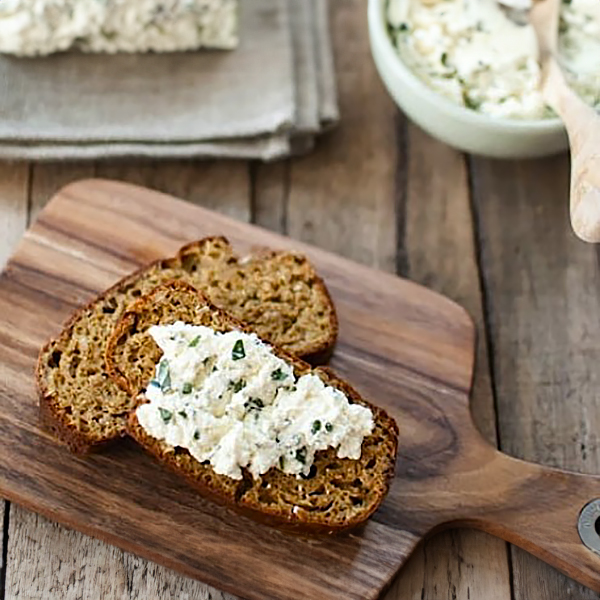
How to Make Finnish Rye Bread
- Prepare the Yeast: Dissolve the active dry yeast in 1/2 cup of warm water. Allow it to sit for 5-10 minutes until it becomes frothy, indicating that the yeast is active.
-
Mix Dry Ingredients: In a large mixing bowl, combine rye flour, whole wheat flour, and salt.
-
Combine Wet Ingredients: In another bowl, mix the buttermilk and molasses until well combined.
-
Combine Wet and Dry Ingredients: Add the yeast mixture and buttermilk mixture to the dry ingredients. Stir until a sticky dough forms.
-
Knead the Dough: Turn the dough onto a floured surface and knead for about 10 minutes. Add more flour if the dough is too sticky.
-
First Proof: Place the dough in a greased bowl, cover with a clean kitchen towel, and let it rise in a warm place for about 1-2 hours or until doubled in size.
-
Shape and Second Proof: Punch down the dough and divide into two parts. Shape each into a round loaf and place on a baking sheet lined with parchment paper. Cover and let them rise again for about an hour.
-
Preheat Oven: Preheat your oven to 375°F (190°C).
-
Bake: Dust the loaves with rye flour and bake in the preheated oven for about 50-60 minutes, or until the bread sounds hollow when tapped on the bottom.
-
Cool: Remove from the oven and let cool on a wire rack.
Recipe Notes:
- Rye flour can make the dough sticky, so don’t be tempted to add too much additional flour while kneading.
- Molasses adds color and a slight sweetness to the bread but can be substituted with dark syrup.
- This bread tastes better the next day as the flavors have time to develop.
How to Make Homemade Buttermilk Cheese
- Combine Eggs and Buttermilk: Lightly beat the eggs and buttermilk together until well combined. Set aside.
-
Heat Milk: In a large saucepan, gently heat the low-fat milk until warm, reaching approximately 107°F (42°C).
-
Add Milk Powder: Whisk in the skim milk powder into the warm milk, continuing to heat the mixture until it’s almost boiling.
-
Combine Mixtures: Remove the saucepan from heat and whisk in the buttermilk and egg mixture. Cover with a lid and leave in a warm place for about one hour.
-
Curdle the Mixture: If no curd forms on the mixture’s surface after an hour, stir in lemon juice. The amount needed can vary, so start with 1 tablespoon and add more as necessary.
-
Drain the Curd: Once the mixture has curdled, use a slotted spoon to transfer the curd into a sieve lined with cheesecloth, set over a bowl to catch the whey.
-
Press the Curd: Fold the cheesecloth over the curd and place a weight on top to press it down. Refrigerate for at least 2-4 hours, or overnight for best results.
-
Flavor and Serve: Unwrap the set cheese, flavor with freshly chopped oregano, and serve with rye bread.
Recipe Notes:
- Ensure all utensils and the saucepan are very clean to avoid any unwanted bacteria.
- The temperature of the milk is crucial: too hot, and you risk scrambling the eggs; too cold, and the curds won’t form properly.
- The cheese’s firmness can be adjusted by the length of time under weight: longer for firmer cheese.
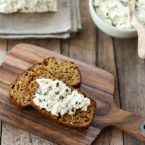
How to Make Finnish Rye Bread
- Total Time: 4 hours 30 minutes
- Yield: 2 loaves 1x
Description
A dense, flavorful loaf with a distinctive tangy taste, ideal for sandwiches or as a robust side to soups.
Ingredients
- 3 cups (360g) rye flour
- 2 cups (240g) whole wheat flour
- 1 tbsp (15g) salt
- 1/2 cup (120ml) warm water
- 2 tsp (10g) active dry yeast
- 1 2/3 cups (400ml) buttermilk
- 1 tbsp (15ml) molasses or dark syrup
- Additional flour for dusting
Instructions
- Prepare the Yeast: Dissolve the active dry yeast in 1/2 cup of warm water. Allow it to sit for 5-10 minutes until it becomes frothy, indicating that the yeast is active.
- Mix Dry Ingredients: In a large mixing bowl, combine rye flour, whole wheat flour, and salt.
- Combine Wet Ingredients: In another bowl, mix the buttermilk and molasses until well combined.
- Combine Wet and Dry Ingredients: Add the yeast mixture and buttermilk mixture to the dry ingredients. Stir until a sticky dough forms.
- Knead the Dough: Turn the dough onto a floured surface and knead for about 10 minutes. Add more flour if the dough is too sticky.
- First Proof: Place the dough in a greased bowl, cover with a clean kitchen towel, and let it rise in a warm place for about 1-2 hours or until doubled in size.
- Shape and Second Proof: Punch down the dough and divide into two parts. Shape each into a round loaf and place on a baking sheet lined with parchment paper. Cover and let them rise again for about an hour.
- Preheat Oven: Preheat your oven to 375°F (190°C).
- Bake: Dust the loaves with rye flour and bake in the preheated oven for about 50-60 minutes, or until the bread sounds hollow when tapped on the bottom.
- Cool: Remove from the oven and let cool on a wire rack.
Notes
- Rye flour can make the dough sticky, so don’t be tempted to add too much additional flour while kneading.
- Molasses adds color and a slight sweetness to the bread but can be substituted with dark syrup.
- This bread tastes better the next day as the flavors have time to develop.
- Prep Time: 30 min
- Rising Time: 180 mins
- Cook Time: 1 hour
- Category: Baking
- Method: Baking
- Cuisine: Finnish

How to Make Homemade Buttermilk Cheese
- Total Time: 5 hours 40 minutes
- Yield: 1 cheese 1x
Description
A soft, creamy cheese with a subtle tang, perfect for enhancing salads, spreading on crackers, or complementing fresh fruit.
Ingredients
- 34 fl oz (1 liter) buttermilk
- 2 large free-range eggs
- 50 fl oz (1.5 liters) low-fat milk
- 1 cup (100g) skim milk powder
- 1–3 tbsp lemon juice (as needed)
- Fresh oregano, chopped, to serve
Instructions
- Combine Eggs and Buttermilk: Lightly beat the eggs and buttermilk together until well combined. Set aside.
- Heat Milk: In a large saucepan, gently heat the low-fat milk until warm, reaching approximately 107°F (42°C).
- Add Milk Powder: Whisk in the skim milk powder into the warm milk, continuing to heat the mixture until it’s almost boiling.
- Combine Mixtures: Remove the saucepan from heat and whisk in the buttermilk and egg mixture. Cover with a lid and leave in a warm place for about one hour.
- Curdle the Mixture: If no curd forms on the mixture’s surface after an hour, stir in lemon juice. The amount needed can vary, so start with 1 tablespoon and add more as necessary.
- Drain the Curd: Once the mixture has curdled, use a slotted spoon to transfer the curd into a sieve lined with cheesecloth, set over a bowl to catch the whey.
- Press the Curd: Fold the cheesecloth over the curd and place a weight on top to press it down. Refrigerate for at least 2-4 hours, or overnight for best results.
- Flavor and Serve: Unwrap the set cheese, flavor with freshly chopped oregano, and serve with rye bread.
Notes
- Ensure all utensils and the saucepan are very clean to avoid any unwanted bacteria.
- The temperature of the milk is crucial: too hot, and you risk scrambling the eggs; too cold, and the curds won’t form properly.
- The cheese’s firmness can be adjusted by the length of time under weight: longer for firmer cheese.
- Prep Time: 30 mins
- Curdling Time: 300 mins
- Cook Time: 10 mins
- Category: Cheese
- Method: Curdling
- Cuisine: Finnish




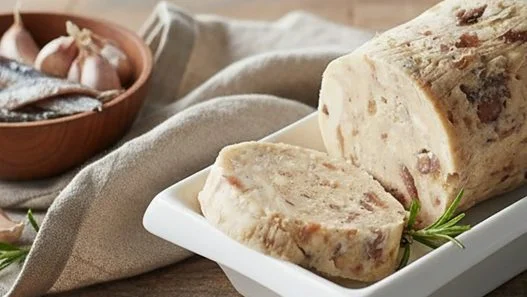

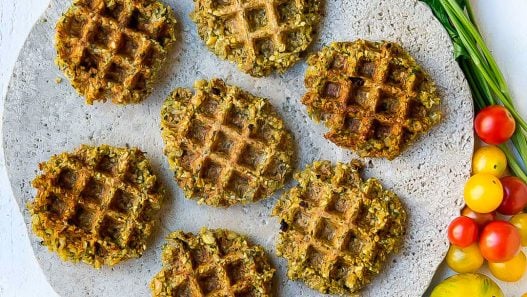





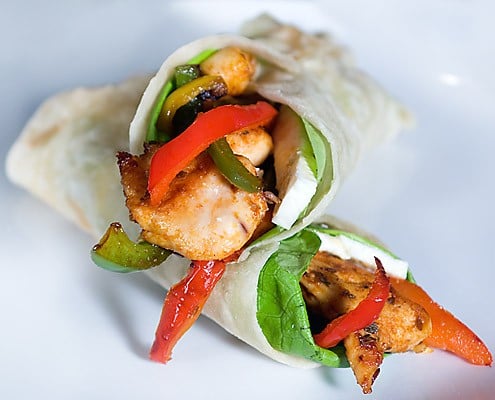

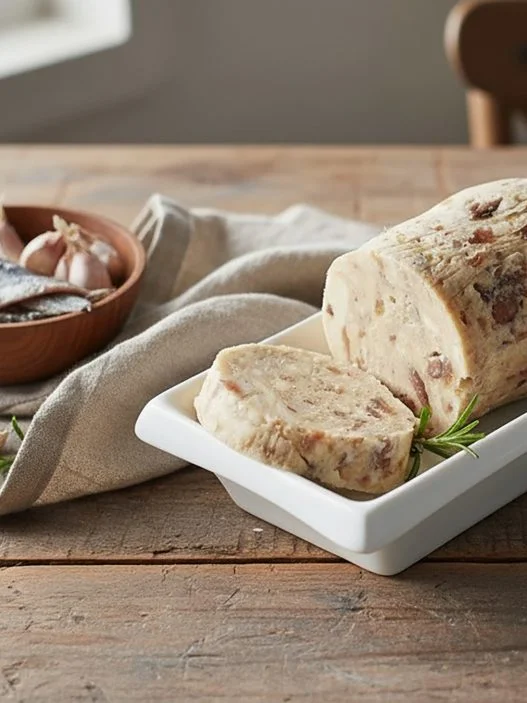
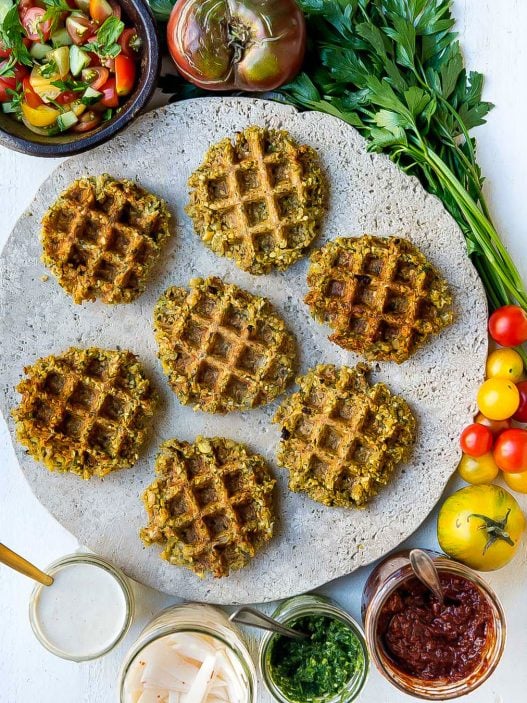
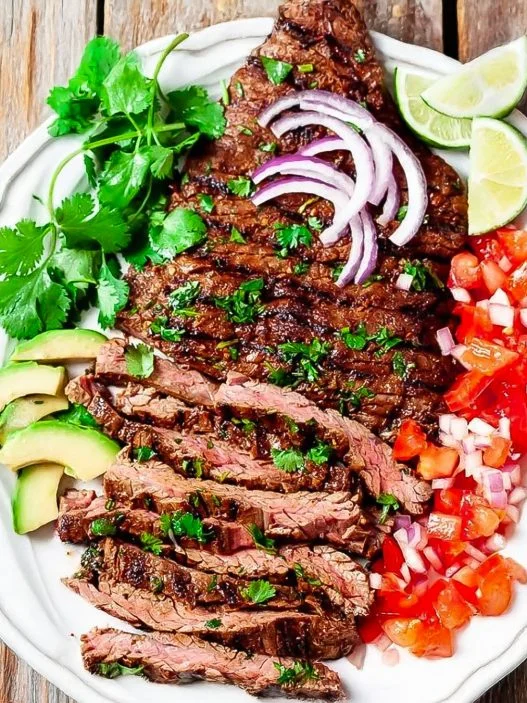

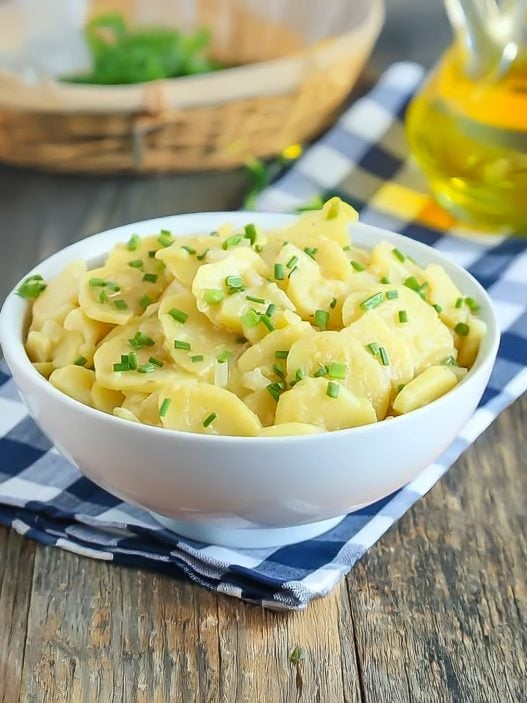

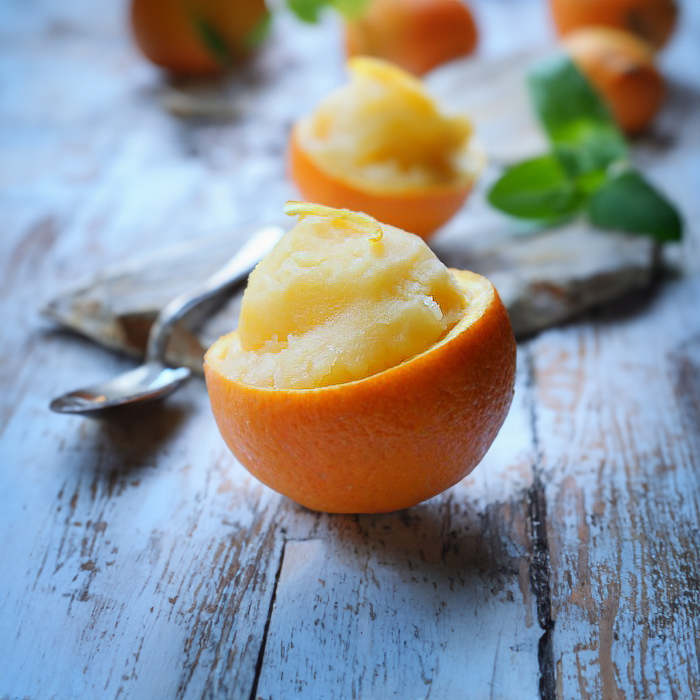


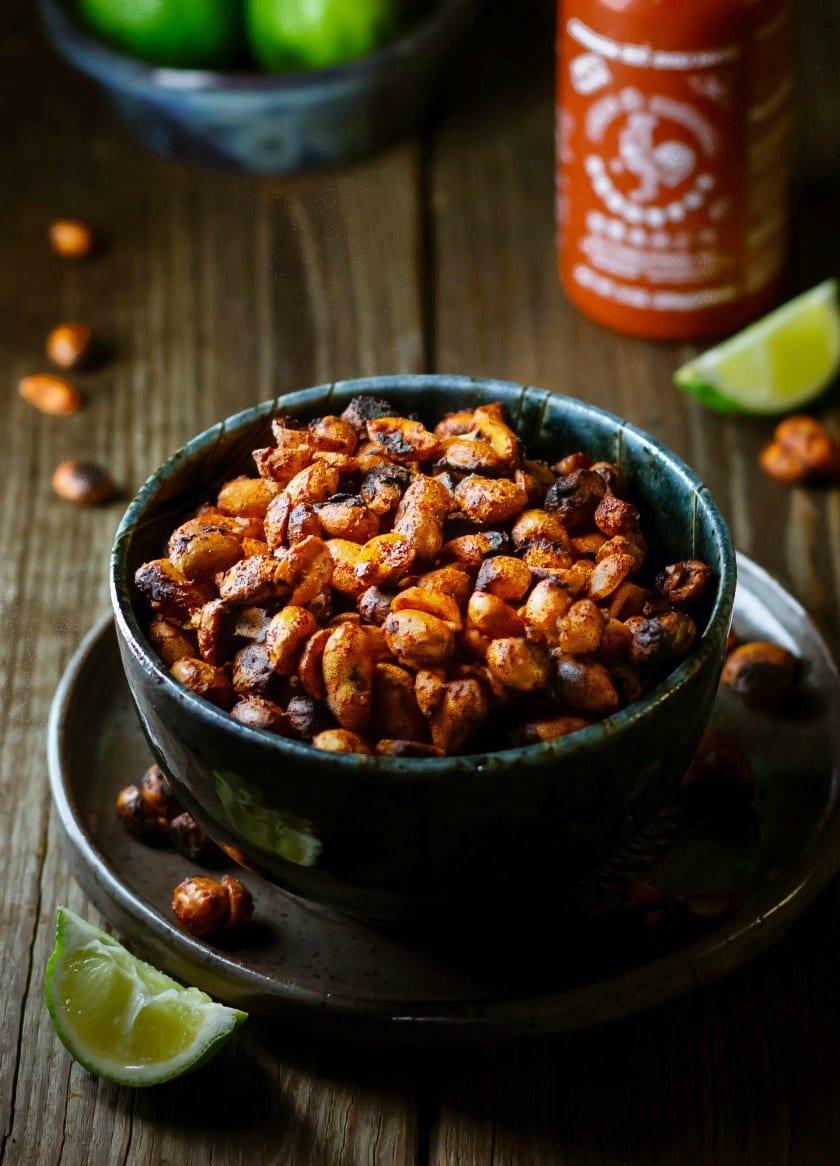
What a delicious bread! Didnt make the cheese but might try that too!
Seriously delicious, turned out perfect. Now on to making the cheese, because that looks amazing too.
This bread looks like a combination of the classic Finnish Limpa Bread and the Irish Soda Bread. Normally Limpa Bread would be a lightly sweetened yeast bread. My recipe contains cardamom, grated orange zest, anise or fennel seeds, rye flour, whole wheat and all purpose flour. What is ground bitter orange – a powder? I have never seen this in stores. What would you substitute?
You’re quite right Rochelle. This is a quick version of ‘limppu’ (or limpa in Swedish), thus no yeast used. Ground bitter orange is ‘pomeranssi’ (in Finnish) which is very similar to orange and can therefore be substituted with grated orange zest (fresh or dried). Thank you for your comment!
Super delicious, even if it doesn’t use sourdough. Love the cheese too!
Hey Anni,
It certainly has a Finnish rye bread taste to it, thanks to fennel and bitter orange (‘pomeranssinkuori’). This is a quick and easy version where you don’t need a starter or yeast. It is still wholesome with rye and sweet with treacle, just like the bread you get in Finland :-)
Delicious, but not authentic. I don’t really care though, because the taste is yummy!
While this might not be the most traditional “sourdough” version of rye bread, this looks absolutely delicious.
I love rye bread, and your recipe is one I would love to try. The Buttermilk cheese also looks delicious. This is my idea of a perfect lunch or snack.
So delicious, wow, fantastic!
Thank you for your comment!
I absolutely adore this kind of combinations!
Congratulations, Maria, with this new project!
This bread looks so yummy, and so Finnish. I can almost taste it just by looking at it :-)
Thank you Eszter! This has a very authentic Finnish rye bread taste, thanks to fennel and bitter orange, but it is much quicker and easier to make! :-)
Hello I was considering making the bread.But for the life of me, I don’t see anything in the bread recipe that says anything about fennel and bitter orange as the previous post stated. Please help with this so I can make the bread and have all the ingredients..thanks